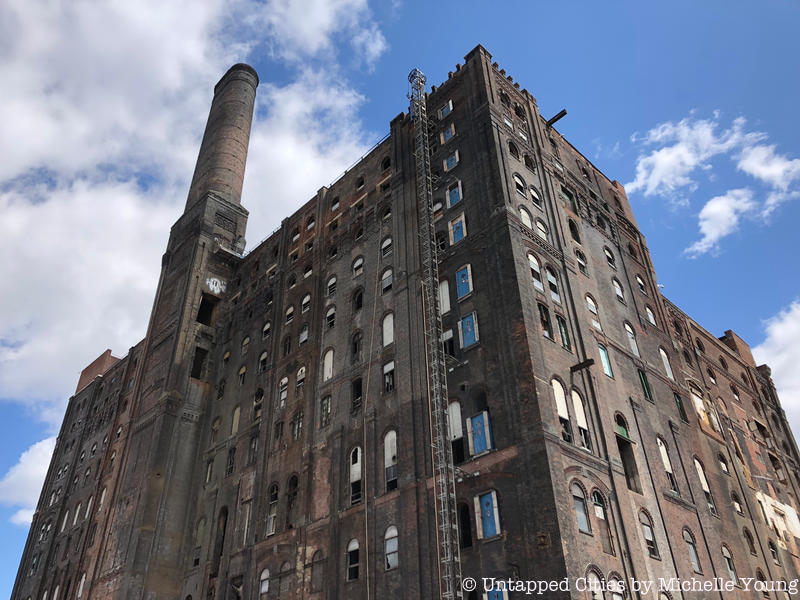
Before Williamsburg was a hipster paradise, before it was a Puerto-Rican/Italian enclave, before it was a Jewish refuge from Lower East Side tenements, before it was a booming industrial hub of sugar and beer, before it was a local center for Whig Party politics, Williamsburgh (The “h” was shed in 1855) was the headquarters for Hessian mercenaries hired by the British during the Revolutionary War. During the occupation, the heavily wooded region of northern Brooklyn was largely cleared, paving the way for the large farm plots that characterized the area after the war.
Enter the real estate speculators. Several landowners and ferry operators took one look at the budding community across the East River from Manhattan, which was ever inching northwards, and thought, “This might be a great place to live. This might be a great place to make some cash.” By the 1820s, the area now known as Williamsburgh had a church, a tavern, a ferry landing, and was beginning to develop housing.
On April 14, 1827, the New York State legislature passed “An act to incorporate and vest certain powers in the freeholders and inhabitants of the village of Williamsburgh, in the county of Kings.” Williamsburgh was official, even though it was technically within the township of Bushwick. In the years to follow, the village exploded in popularity, before real estate took an enormous hit during the 1837 financial crisis. Once the crisis subsided, however, the population of the village really took off. In 1840 Williamsburgh became its own township, and by the 1852, it was booming enough to earn another promotion to the glamorous moniker, “city.”
Read about where you can still find remnants of Williamsburg with the lost “h” in its name. Read more from Today in NYC History on Untapped Cities and on janos.nyc





